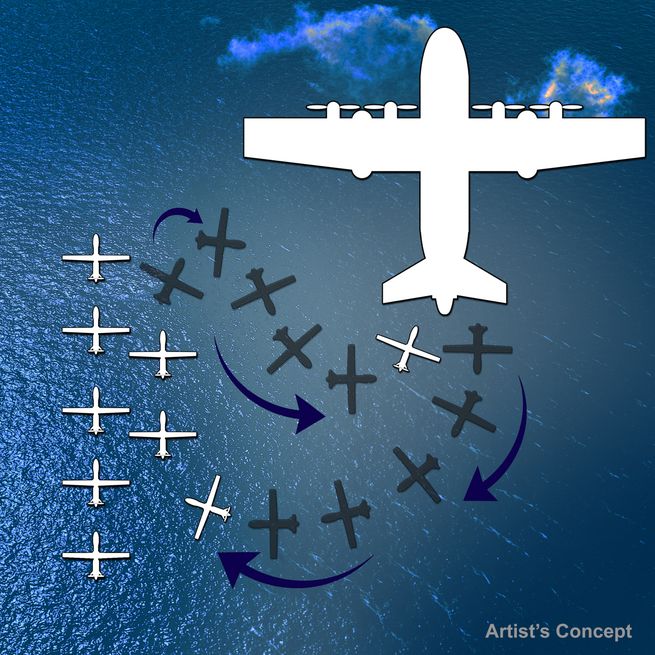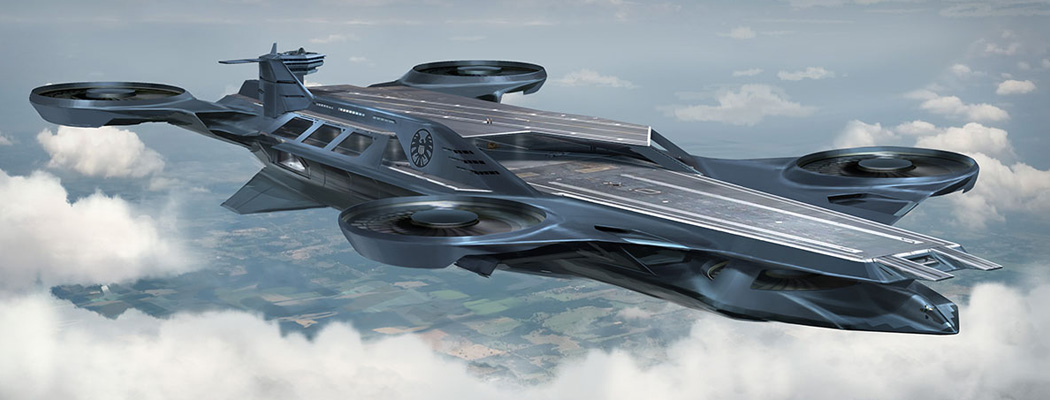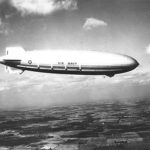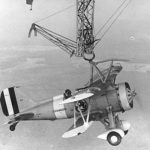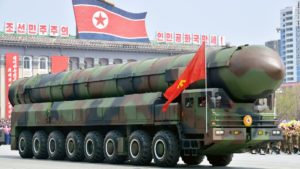Aircraft carriers, with their fleet of aircrafts and weapons, are undoubtedly one of the single most powerful units of military might. With a single carrier strike group packing enough firepower to neutralize almost any potential adversary, they have become an extremely potent tool for power projection. However, even with all their bells and whistles, they are limited by the worlds ocean. Consequently, military planners across the world have long been working on the idea of developing a flying aircraft carrier. Now the first thought that comes to most of our mind when we hear the term “flying aircraft carrier” is the helicarrier used by S.H.I.E.L.D in Avengers. While its approach might be really fascinating it is far from becoming a reality anytime soon. However, the concept of having a flying aircraft carrier, i.e. an airborne platform that can launch and recover aircrafts, predates the Avengers itself. In fact, the first operational aircraft carriers were built by the US Navy in the mid-1930s. These were two rigid airships of the Akron class (USS Akron and Macon) and were built for scouting duties for the U.S. Navy and were operational between 1931 and 1935. But these platforms were accident prone and by 1935 both these platforms were lost to accidents and severe weather, resulting in loss of life and suspension of the project.
The desire to have a flying aircraft carrier, however, did not die with the project, throughout the mid-1900s several attempts were made to launch and recover parasite aircrafts from bombers and other large aircrafts. But with limited technology and technical expertise, most of these projects were eventually suspended for either being too risky or impractical and none ever saw combat. But with recent advancements in technology and increased threat from surface to air missile systems, there has been a renewed interest in flying aircraft carriers. This new generation of flying aircraft carrier looks nothing like its predecessors and is not even close to the Avengers helicarrier but in many ways is going to shape the future of modern warfare. DARPA’s vision for a flying aircraft carrier involves a large manned aircraft (like the C-130 or the C-5 galaxy) to carry, launch, and recover multiple small drones.
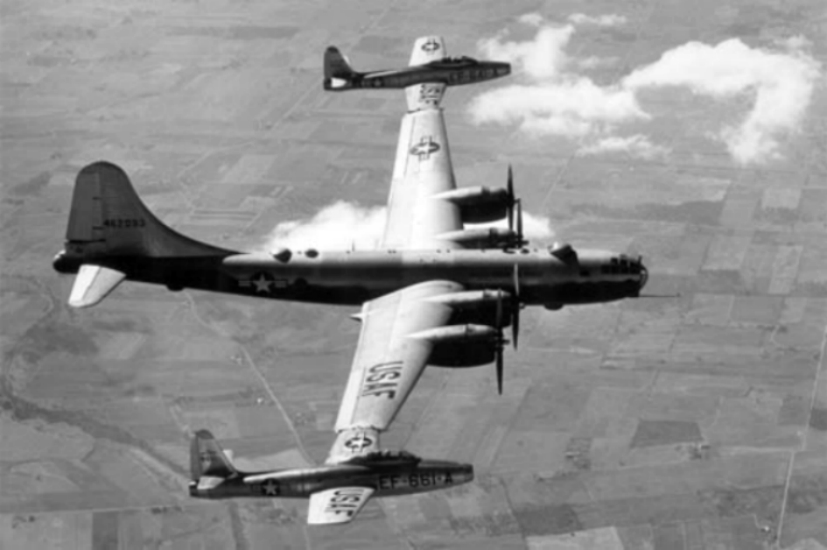
Technical advancements in the field of unmanned aerial vehicles have enabled us to remove the human factor involved in the launch and recovery of aircrafts and also reduce the size of the aircrafts. Making the flying aircraft carriers more feasible. While earlier airships and cinematic helicarriers were gigantic, sky-filling behemoths. DARPA has envisioned a smaller platform, designed less for winning aerial battles and more for placing surveillance craft over relatively safe skies and/or defeating enemy air defence systems. With modern fighters like the F-35 and F-22 being able to control drones from their cockpits. A carrier strike group of the future might consist of a few flying carrier escorted by several fifth and fourth generation fighter jets. Having a combined might to overwhelm any air defence system and establish air superiority. With threats and technology evolving at a rapid pace, it is only a matter of when and not if we would have the first operational flying aircraft carrier.
